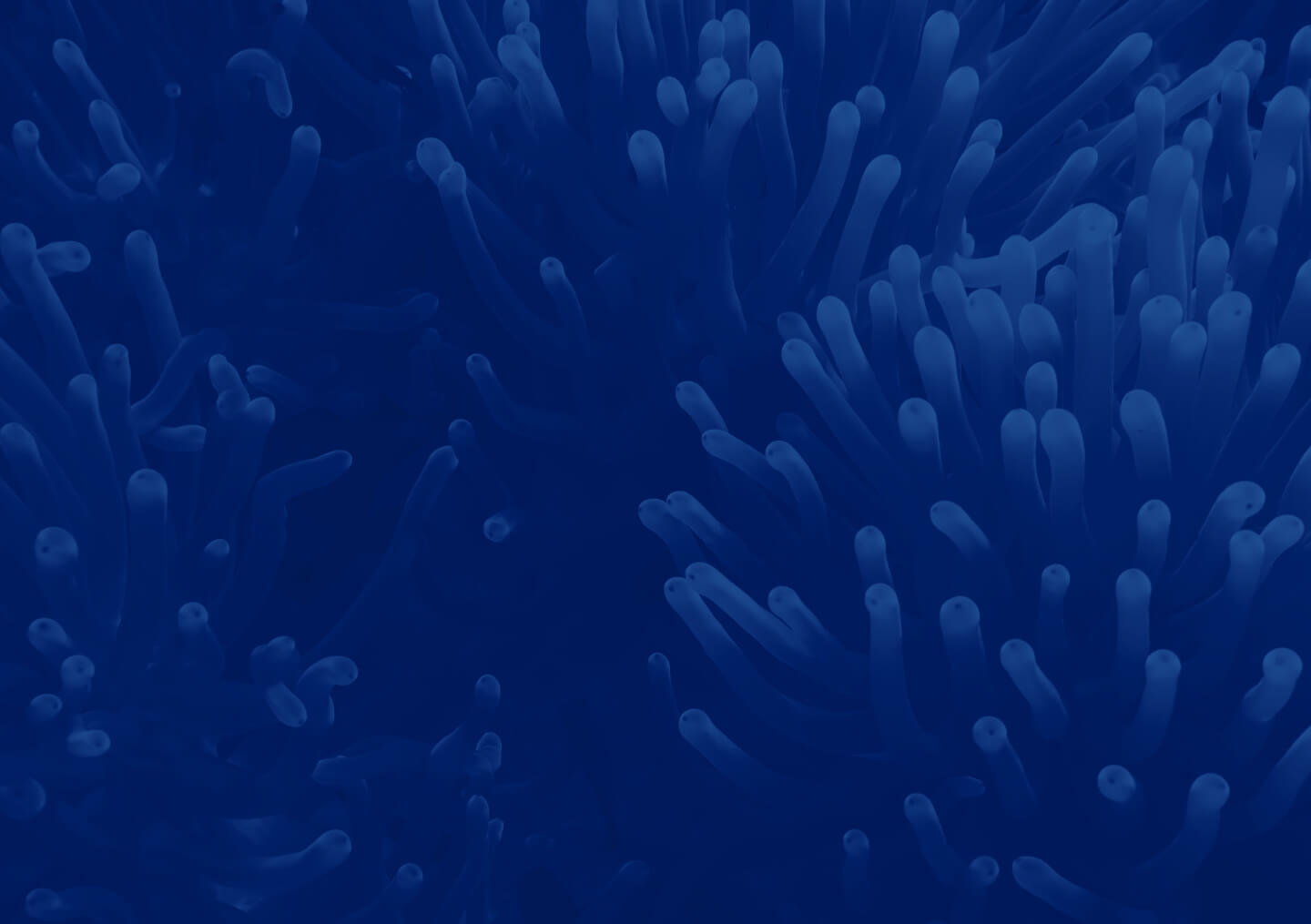Dr. Tracy Fanara of Mote Marine Laboratory is featured in the newest issue of the Marvel comic “The Unstoppable Wasp,” written by Jeremy Whitley and illustrated by Elsa Charretier.
“The Unstoppable Wasp” chronicles the adventures super genius and incredible scientist Nadia, daughter of the original Ant-Man, Hank Pym. Nadia has put together her own lab full of girl geniuses called G.I.R.L. (Genius In action Research Labs). She aims to recruit young female scientists to change the world with science.
American comic books sometimes include a letter column featuring readers’ letters to the publisher in the back of the book. Instead, Whitley and Charratier made the comic book’s letters page “Agents of G.I.R.L.” – a section featuring interviews with real female scientists who conduct the real research that inspires the “super science” that characters do in the book.
The Unstoppable Wasp #5’s “Agents of G.I.R.L.” section features a Q&A with Mote scientist Fanara and another female scientist, Tamara Robertson. Both appeared recently on the national television show “Mythbusters: The Search.”
“Being featured in a comic book is a dream come true, and it’s ever more amazing that I am featured in this particular comic book,” Fanara said. “’The Unstoppable Wasp’ is about females in science working together for a common cause. I am so proud to be featured in a comic book that encourages females to get involved in science. I hope this book serves as another way to show women of all ages that there is no stereotype to smart, that science is cool, and that anyone can be a scientist or engineer with some passion and hard work.”
- To purchase a digital copy of “The Unstoppable Wasp” #5, visit your local comic shop, pre-order the collection on Amazon, or download it digitally at Marvel.com/comics.
Fanara, an environmental engineer, manages the Environmental Health Program at Mote Marine Laboratory in Sarasota, Florida. She and her team investigate the effects of marine and freshwater chemicals on public health and work to design ways to alleviate those impacts. She oversees Mote’s Beach Conditions Reporting System, which provides twice-daily condition updates for 31 beaches along Florida’s Gulf coast via www.visitbeaches.org and a free app available in the App Store. Soon her program will release a Citizen Science smartphone app for public reporting of environmental conditions.
Fanara’s job includes educating the public about the Gulf of Mexico’s red tide algae (Karenia brevis), which produces toxins that can kill marine life and sicken humans. Blooms of this naturally occurring species of algae can cause fish kills and deter beach tourism, as algal toxins enter the air and cause respiratory irritation among beachgoers. However, these complex blooms change continually, and one beach might be affected while a nearby beach is clear. Fanara and colleagues help the public separate myth from fact regarding red tide impacts and other environmental issues, working to support safe beach days and healthy living in the Sunshine State.
Fanara has extensive experience in hydrologic and hydraulic modeling through her University of Florida doctorate research focused on sustainable design retrofit to restore pre-development hydrologic conditions of urban environs, along with nearly 10 years of engineering consulting experience in master planning and development design of water, sewer and storm systems. She is experienced in water quality analyses and pollutant removal, via insitu controls, as she studied the fate of phosphorus in urban environments by “storm chasing” for her master’s degree research. Other experience includes study of diatoms (microscopic algae) as water quality indicators, seagrass displacement, transport of ecotoxins in waterways, and development of best management practice plans.


